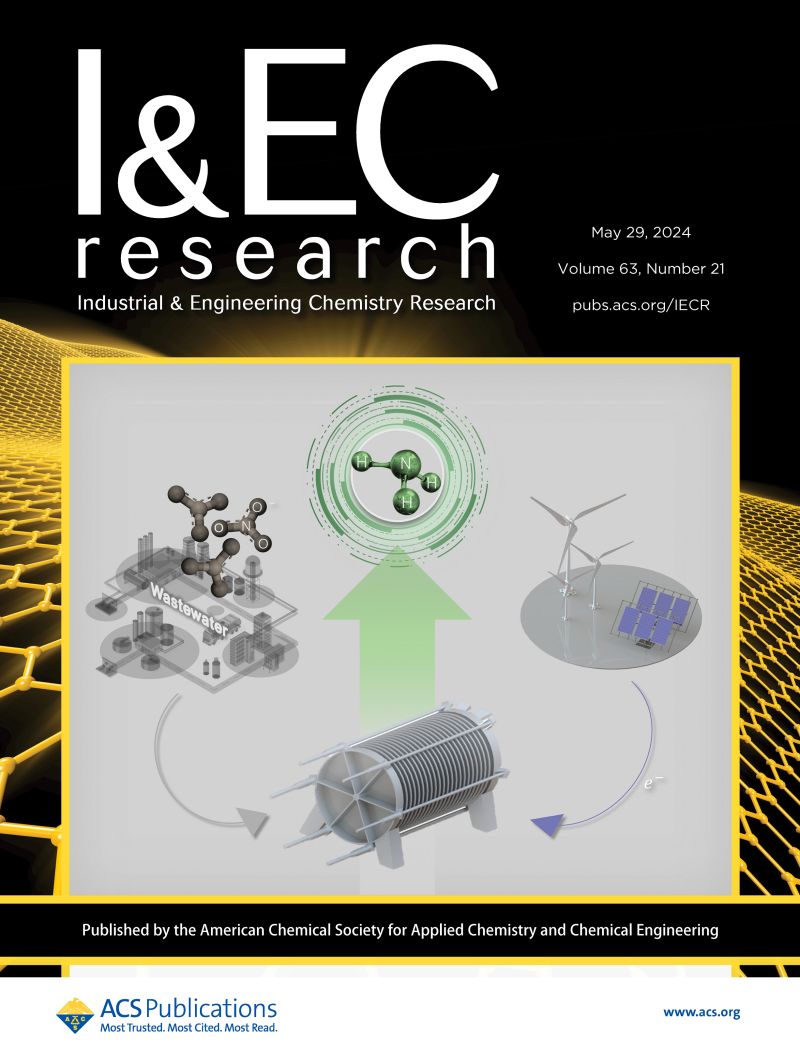Sulfur-Mediated Promotion of NH3-SCR Activity on CeO2 Catalysts: An In-Depth Analysis
IF 3.8
3区 工程技术
Q2 ENGINEERING, CHEMICAL
引用次数: 0
Abstract
To elucidate the promotional effect and underlying mechanisms of sulfur doping on the NH3-SCR performance of CeO2 catalysts, a detailed study of sulfated CeO2 catalysts was conducted. The CeOxS0.1 catalyst, with modest sulfur doping, outperforms its pure CeO2 counterpart, achieving over 90% NOx conversion and above 98% N2 selectivity within the temperature range of 230–480 °C. The enhanced catalytic activity is attributed to the ability of sulfur doping to inhibit the overoxidative dehydrogenation of NH3, thus improving N2 selectivity. Sulfation introduces dispersed amorphous sulfate species on the CeO2 surface, which, despite minimally affecting the catalyst’s crystal structure and surface properties, significantly contribute to the surface acidity by generating S–OH and S═O radicals. These radicals enhance the catalyst’s reducibility and oxygen storage capacity, both crucial for the NH3-SCR reaction. However, increasing sulfur doping content leads to the formation of bulk and quasi-bulk sulfates within CeO2, reducing their chemical reactivity and negatively impacting NH3-SCR activity. NH3-TPD and Py-IR analyses reveal that sulfation increases the number of strong acid sites on the surface, introducing new Brønsted acid sites with reactivity comparable to that of Lewis acid sites. Consequently, sulfation is identified as an effective strategy to boost the SCR activity of CeO2 catalysts, offering a promising approach for the development of more efficient catalysts for environmental protection technologies.

求助全文
约1分钟内获得全文
求助全文
来源期刊

Industrial & Engineering Chemistry Research
工程技术-工程:化工
CiteScore
7.40
自引率
7.10%
发文量
1467
审稿时长
2.8 months
期刊介绍:
ndustrial & Engineering Chemistry, with variations in title and format, has been published since 1909 by the American Chemical Society. Industrial & Engineering Chemistry Research is a weekly publication that reports industrial and academic research in the broad fields of applied chemistry and chemical engineering with special focus on fundamentals, processes, and products.
 求助内容:
求助内容: 应助结果提醒方式:
应助结果提醒方式:


